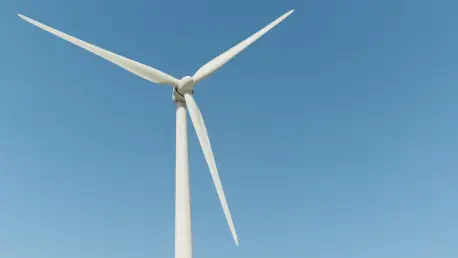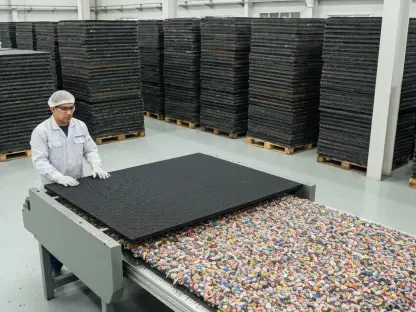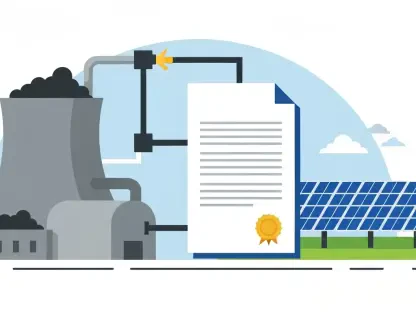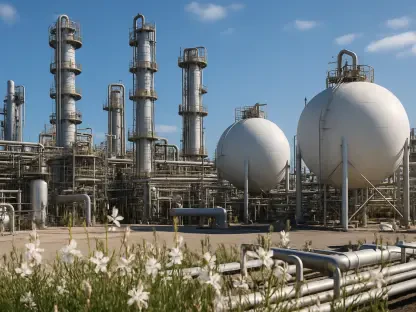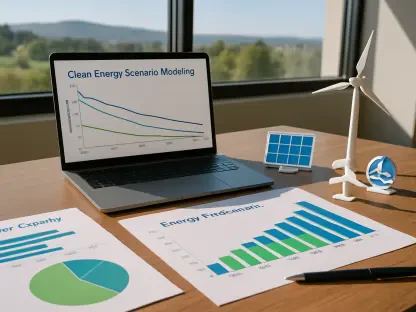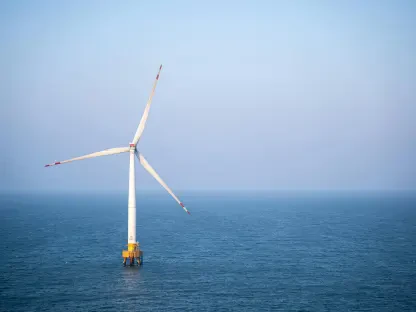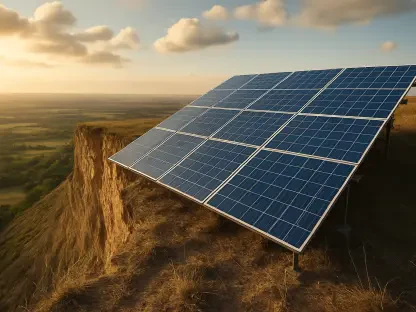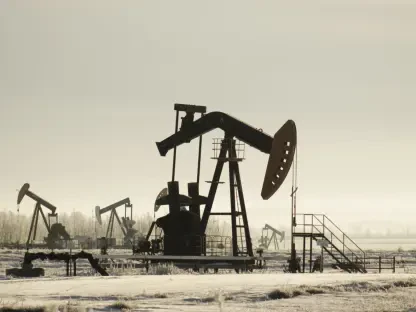Amidst a backdrop of political opposition and complex regulatory landscapes, the U.S. wind energy sector stands at a crossroads. Under previous administrative policies, the nation’s energy strategy favored fossil fuels, casting a shadow over renewable energy developments. Despite this preference, wind power has managed to carve out a significant role in the national electricity mix, accounting for nearly 11% of the country’s supply. As wind energy operators face increasing challenges in obtaining permits for new projects, repowering existing turbines emerges as a formidable alternative. This strategy not only offers potential capacity boosts but also aligns with economic and infrastructural imperatives.
Navigating Political and Economic Winds
Political Climate Impact
In recent years, the political environment in the United States has significantly influenced the direction of wind energy development. The Trump administration’s policies, which heavily favored fossil fuel production, introduced a layer of uncertainty for investors and developers within the wind sector. Initiatives such as halting new offshore wind leases have inhibited potential expansion, creating a climate of caution among stakeholders. These policies have not only affected domestic markets but also opened doors for international markets to capitalize on renewable energy investments. This competitive setting has propelled other nations to aggressively pursue renewable technologies, seeking to establish themselves as leaders in this sector.
While the political landscape presents challenges, it has also spurred innovation and adaptation within the industry. Companies are now focusing on optimizing existing infrastructure as a way to navigate the turbulent policy environment. The emphasis has shifted towards upgrading current wind farms to circumvent administrative roadblocks associated with new developments. This adaptation showcases the sector’s ability to thrive despite external pressures, highlighting the resilience and strategic thinking necessary for continued growth. By concentrating on repowering and enhancing existing assets, the industry aims to sustain its momentum and reinforce its contribution to the national energy grid amidst ongoing political headwinds.
Economic Opportunities
Despite the hurdles presented by political opposition, the economic potential of the wind industry remains robust and promising. Wind energy’s considerable contribution to the overall energy grid underscores its enduring significance and viability. The continuous advancements in turbine technology offer substantial economic opportunities, especially through repowering strategies. This approach allows for increased efficiency and capacity expansion without the need for acquiring additional land or facing the regulatory challenges of new construction. By focusing on updating existing facilities, operators can enhance output while minimizing operational disruptions and costs.
Repowering not only enhances the efficiency of wind energy but also stimulates economic activity by involving local industries in manufacturing and installation processes. Companies can rely on domestically produced components, supporting American workers and fostering a sustainable manufacturing ecosystem. This approach not only benefits the energy sector but also contributes to broader economic growth by creating jobs and boosting supply chains. Furthermore, as the industry invests in repowering, it reinforces its position as a key player in the transition to cleaner energy sources, highlighting the potential for increased profitability and sustainability in the long run.
The Promise of Repowering
Technological Advancements
The concept of repowering revolves around updating existing wind turbines with state-of-the-art technology, thereby significantly enhancing their productivity. Through techniques such as replacing aging drivetrains and rotors, companies can integrate cutting-edge control technologies that markedly improve energy output. Organizations like GE Vernova and Vestas advocate strongly for this strategy, recognizing that it can boost electrical output by as much as 50%. This enhancement presents a vital economic and technological solution, ensuring that wind energy maintains its competitive edge in the power generation market.
The integration of advanced technologies within legacy turbines not only prolongs their operational lifespan but also aligns with the industry’s sustainability goals. By maximizing the potential of existing infrastructure, energy companies can reduce their overall carbon footprint. Additionally, this approach minimizes the environmental impact associated with decommissioning older turbines or building new ones from scratch. As technology continues to evolve, the potential for further advancements in turbine efficiency promises sustained improvements in performance. This ongoing innovation is critical as the sector seeks to meet changing energy demands and reinforce its role within the larger energy matrix.
Infrastructural Benefits
From an infrastructural perspective, repowering offers a strategic advantage by allowing energy operators to boost electricity generation with minimal physical expansion. This method circumvents the bureaucratic hurdles and administrative challenges typically encountered when seeking new permits and developing greenfield sites. Instead of navigating the complex and time-consuming processes associated with new projects, operators can focus on optimizing their current assets. This streamlines the growth process and allows for a more agile response to market demands and regulatory changes.
Moreover, repowering facilitates a more efficient use of existing resources, allowing operators to maximize the potential of currently owned land and equipment. By leveraging already established facilities, companies can reduce capital expenditures and accelerate project timelines. This approach aligns with the industry’s broader shift towards sustainability and resource optimization. Energy operators can increase profitability while adhering to environmental best practices and reducing the overall impact on land use. As the demand for renewable energy continues to rise, the strategic advantages of repowering become increasingly evident, demonstrating its potential to address both infrastructural and environmental considerations effectively.
Overcoming Implementation Challenges
Community Engagement
Successful repowering projects hinge on effective community engagement and addressing the common “not in my backyard” sentiment often encountered with new developments. For wind energy operators, securing community support is vital to smooth the path for project approval and implementation. This requires transparent communication, addressing local concerns, and involving stakeholders in decision-making processes. By fostering positive relationships with the communities they serve, companies can mitigate objections, ensure compliance with local regulations, and build trust, all of which are critical for long-term project success.
Engaging communities also involves demonstrating the direct and indirect benefits of turbine upgrades, such as increased tax revenues, job creation, and infrastructure improvements. Operators can showcase how repowering projects contribute to local economies, emphasizing collaborative efforts for shared growth and development. By highlighting success stories and involving community members in the project’s progress, companies can turn potential opposition into support. This proactive approach not only alleviates community resistance but also strengthens the overall perception of wind energy as a sustainable and beneficial source of power.
Cost-Effectiveness
The U.S. wind energy industry currently faces a pivotal moment amidst a backdrop of political opposition and intricate regulatory hurdles. Previous governmental policies predominantly favored fossil fuels, stunting the growth of renewable energy initiatives. Nevertheless, wind power has established itself as a significant contributor to the nation’s energy landscape, providing close to 11% of electricity nationwide. Wind energy operators now find themselves grappling with mounting challenges in securing permits for new projects. As a response to these difficulties, repowering existing turbines offers a viable alternative, enhancing potential energy capacity while meeting economic and infrastructural demands. This strategy not only fosters growth in green energy but also ensures greater reliability and sustainability of the power grid without the need for expansive new projects, thereby aligning with contemporary environmental imperatives and broad energy security agendas.
